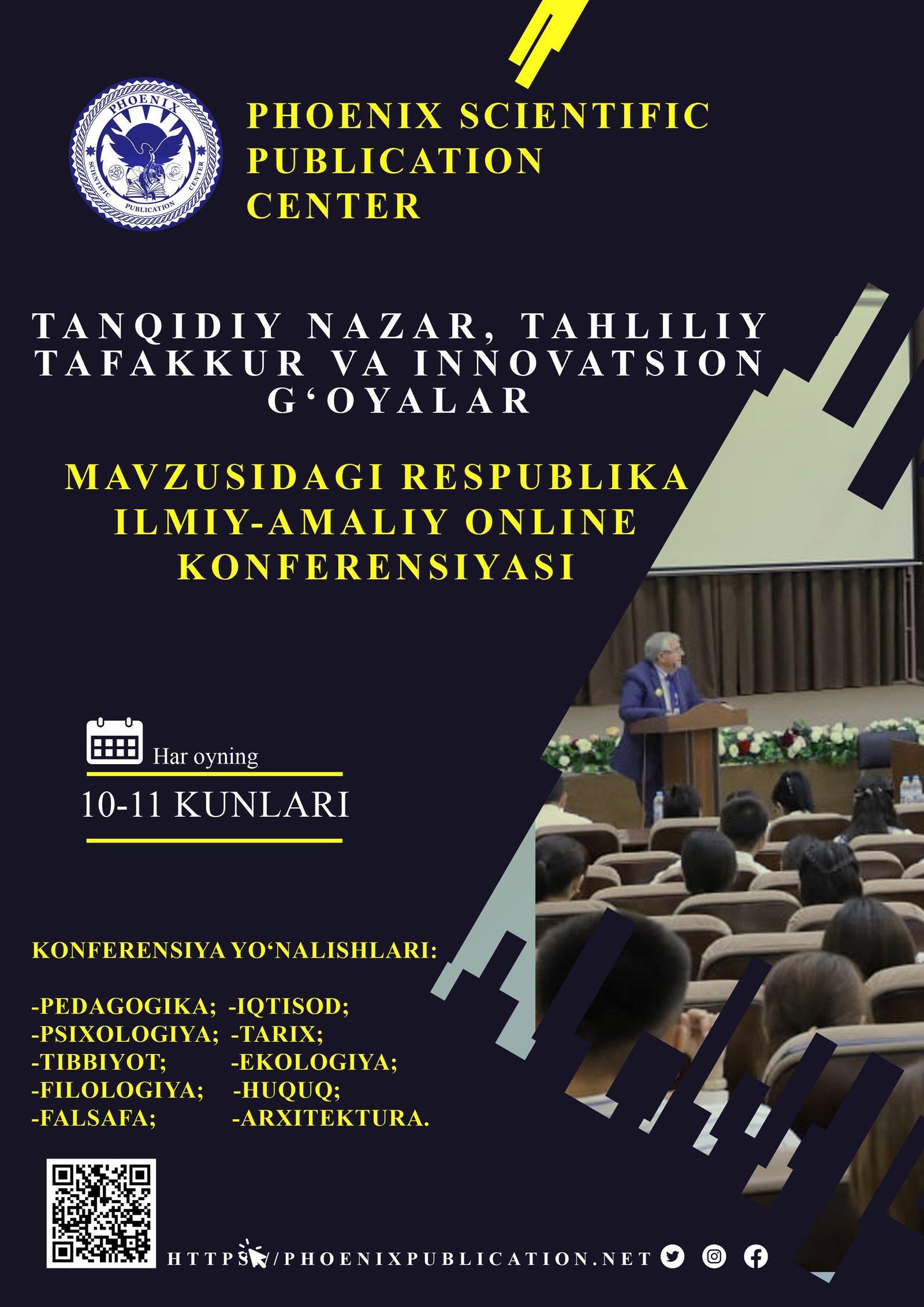Abstract
Mastering classroom instructions and basic communication phrases is essential for successful interaction and effective participation in English language classrooms. This study examines the impact of focused instruction on learners’ ability to comprehend and use common classroom expressions and routine communicative language. Conducted in a secondary school setting, the research utilized a combination of observation, intervention, and learner assessment to measure the effectiveness of systematic teaching strategies. The results demonstrate that explicit instruction in classroom English significantly improves students’ ability to follow directions, communicate needs, and participate actively in lessons. These findings underscore the importance of integrating functional language into the language learning process, offering practical implications for teachers and curriculum developers.
References
1. Huitt W. Classroom instruction //Educational psychology interactive. – 2003, 2 p.
2. DeKeyser, R. (2007). Practice in a Second Language: Perspectives from Applied Linguistics and Cognitive Psychology. Cambridge University Press 96 p.
3. Hall, J. K., & Walsh, M. (2002). Teacher–student interaction and language learning. Annual Review of Applied Linguistics, 22, 186–203 188 p.
4. Nation, I. S. P., & Newton, J. (2009). Teaching ESL/EFL Listening and Speaking. Routledge 44 p.
5. Sinclair, J., & Coulthard, M. (1975). Towards an Analysis of Discourse: The English Used by Teachers and Pupils. Oxford University Press
51 p.
6. Walsh, S. (2006). Investigating Classroom Discourse. Routledge 33 p.
7. https://englishstudyonline.org/classroom-language/ 1p.
8. https://leverageedu.com/explore/learn-english/classroom-phrases-in-english/ 1p.
9. https://eslbuzz.com/classroom-language-for-teachers-and-students-of-english/ 1p.
10. https://raimoenglish.blog/2021/01/01/classroom-phrases/ 1p.
11. https://busyteacher.org/13368-basic-english-phrases-for-communication-in.html 1p.
